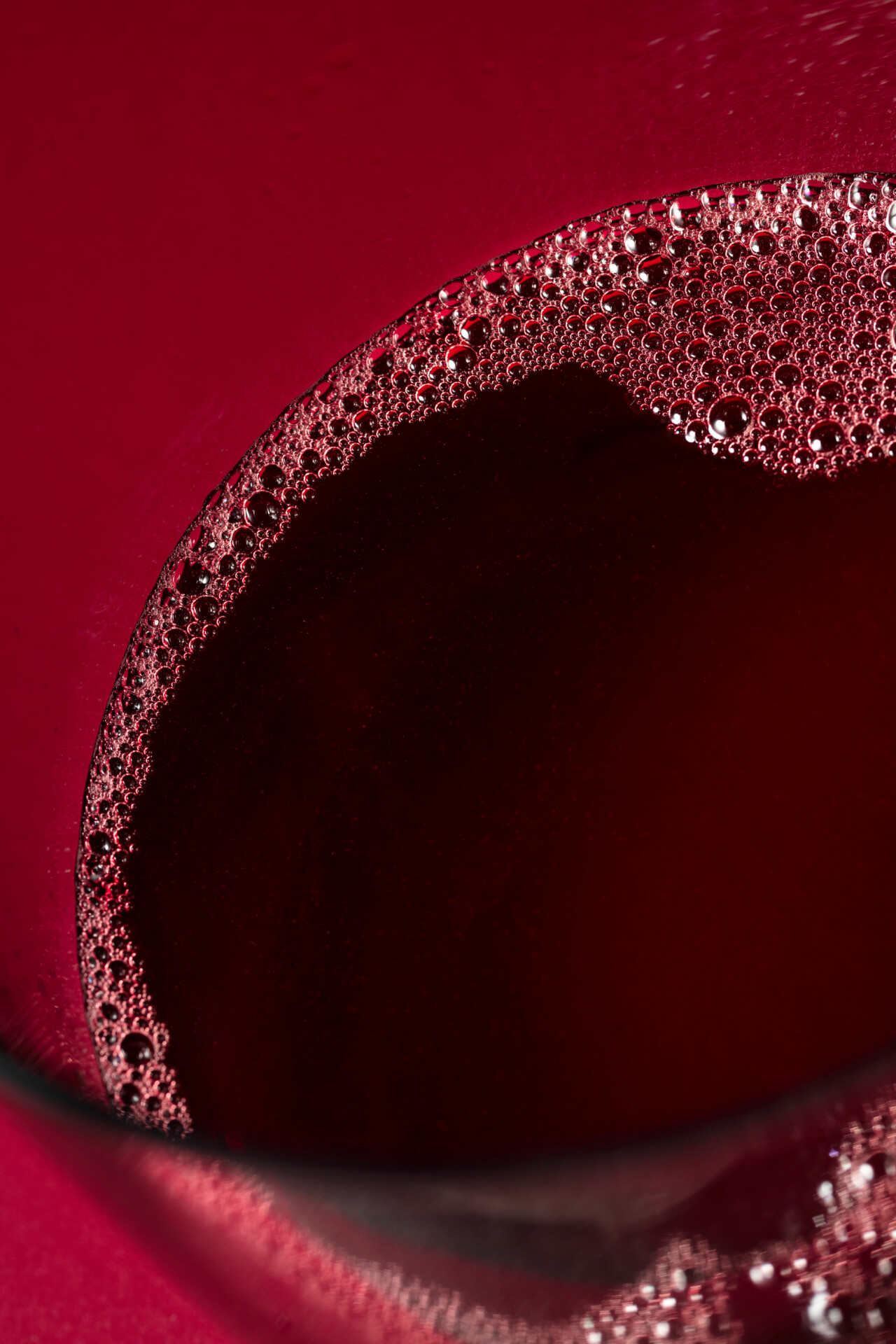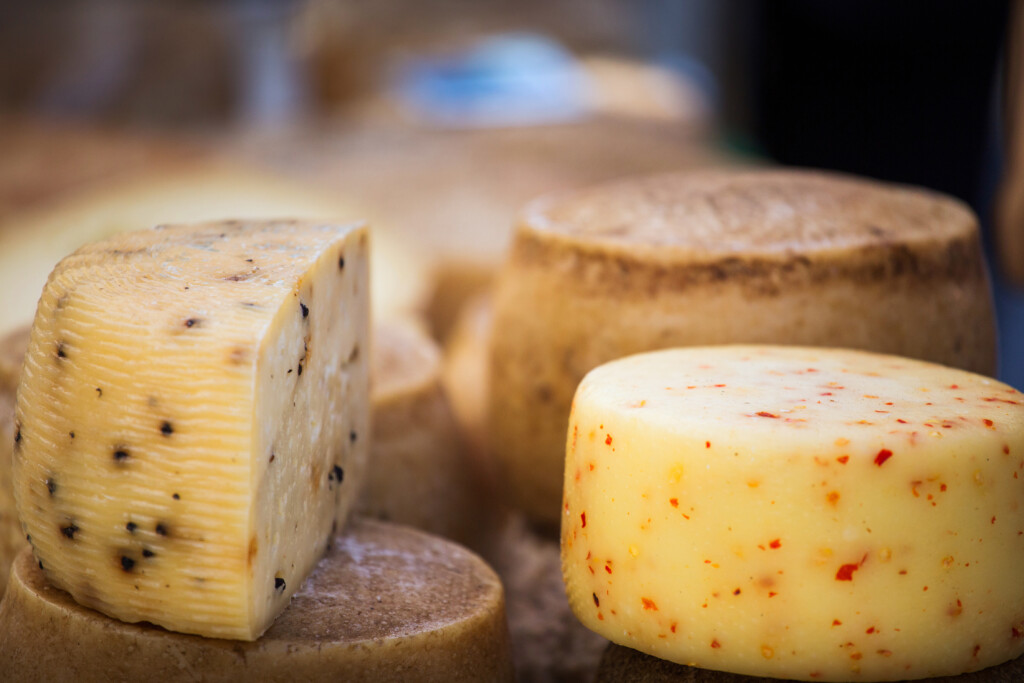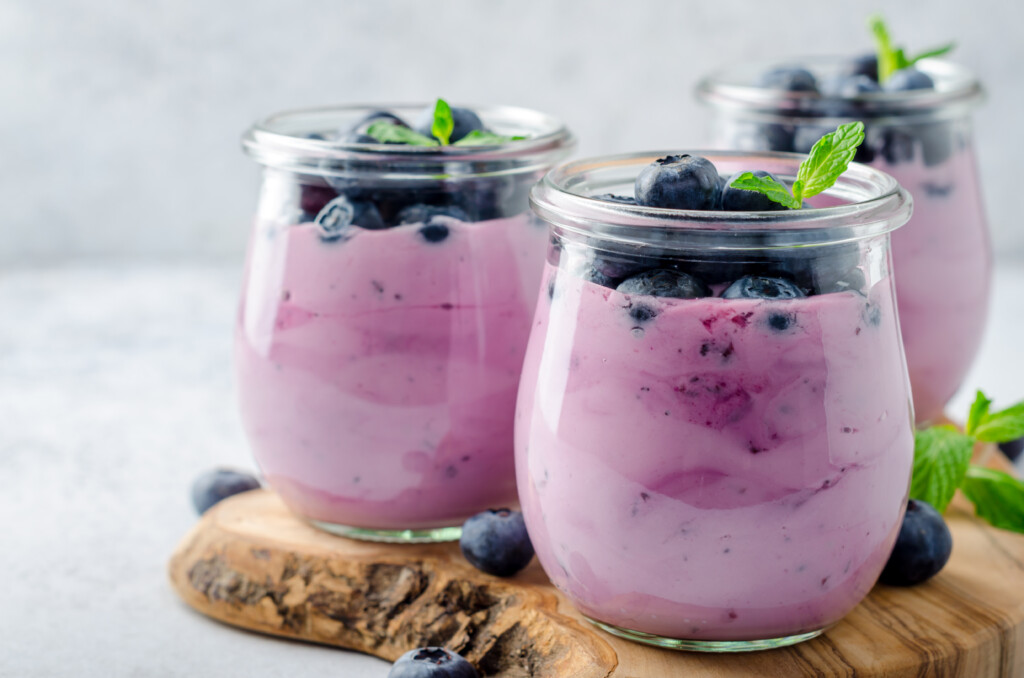Shaping the chromatic characteristics of red wines by using biofilm-detached cells of Starmerella bacillaris strains

Abstract:
The aim of this study was to evaluate the effects of 10 Starmerella bacillaris strains inoculated asplanktonic or biofilm-detached cells on the chromatic characteristics of Montepulciano d’Abruzzo wine. Wines inoculated with biofilm-detached cells of St. bacillaris were characterized by a highercontent of glycerol and viable yeast cells and a lower content of ethanol than those obtained with planktonic cells. Pyruvic acid content ranged from 45.99 mg/L to 48.19 mg/L and from 41.13 mg/L to 45.9 mg/L in wines fermented with biofilm-detached and planktonic cells, respectively. Winesobtained with biofilm-detached cells showed levels of anthocyanins ranging from 506.8 mg/L to 659.9 mg/L, while those fermented with free cells of St. bacillaris ranged from 518 mg/L to 612.6 mg/L. Similarly, the content of polyphenols was higher in wines inoculated with biofilm-detachedcells. The different amounts of these compounds resulted in differences in the wine’s color. Winesobtained with biofilm-detached cells of St. bacillaris had lower b* and h* values than thoseobtained with planktonic cells. These wines also showed higher a* values, indicating the presenceof a stronger red color than the others, and lower clarity (L*). Moreover, the data obtainedhighlighted that it is possible to predict the color of young wines from must measurements. Furtherstudies will be done to evaluate the role of other non-Saccharomyces yeasts, grown under differentaggregation states, in the definition of wine color.

Influence of Different Aggregation States on Volatile Organic Compounds Released by Dairy Kluyveromyces marxianus Strains


Impact of Exopolysaccharide Producing Starter Culture of Industrial Importance on the Volatolomic Profile of Fermented Milk Products




